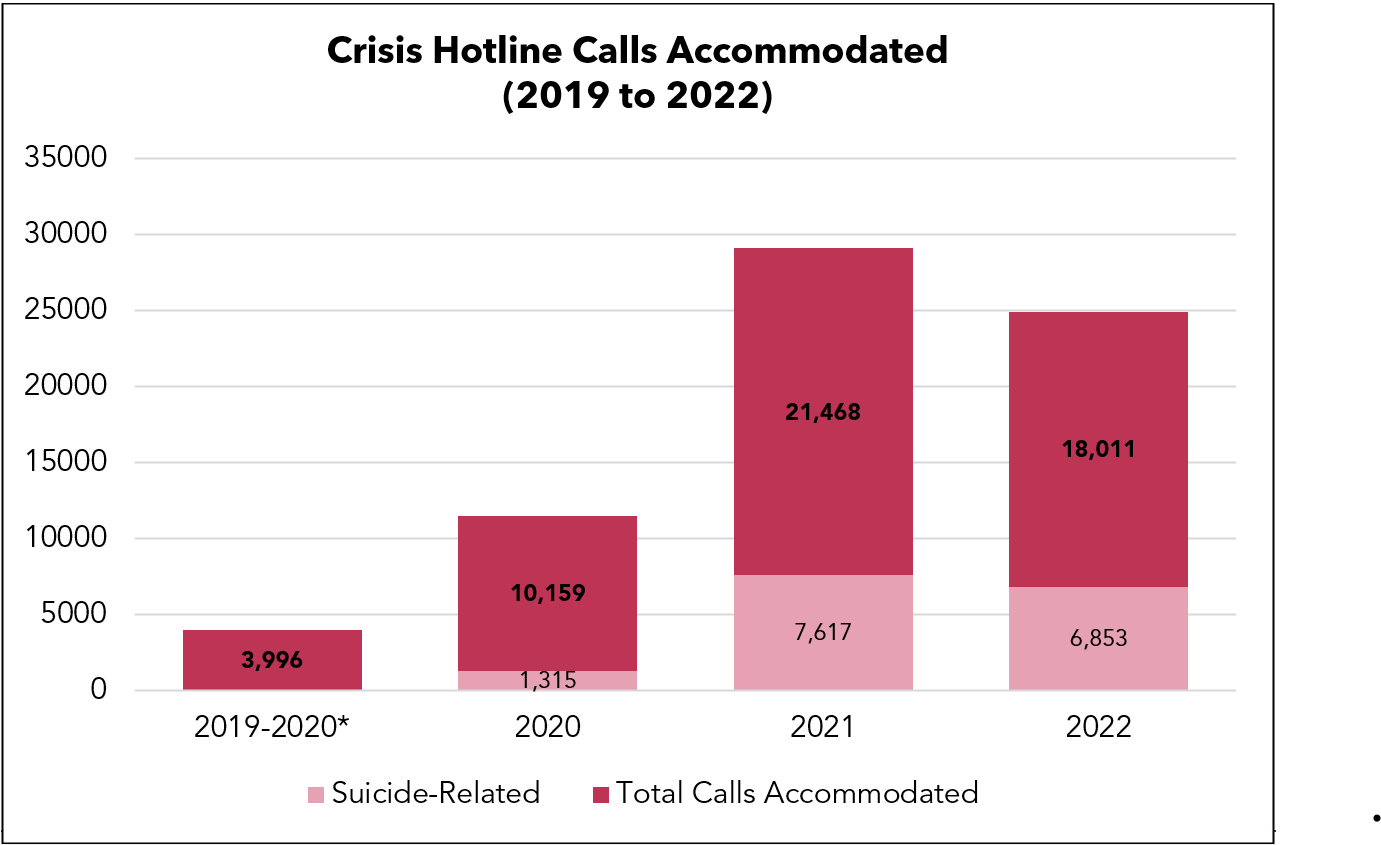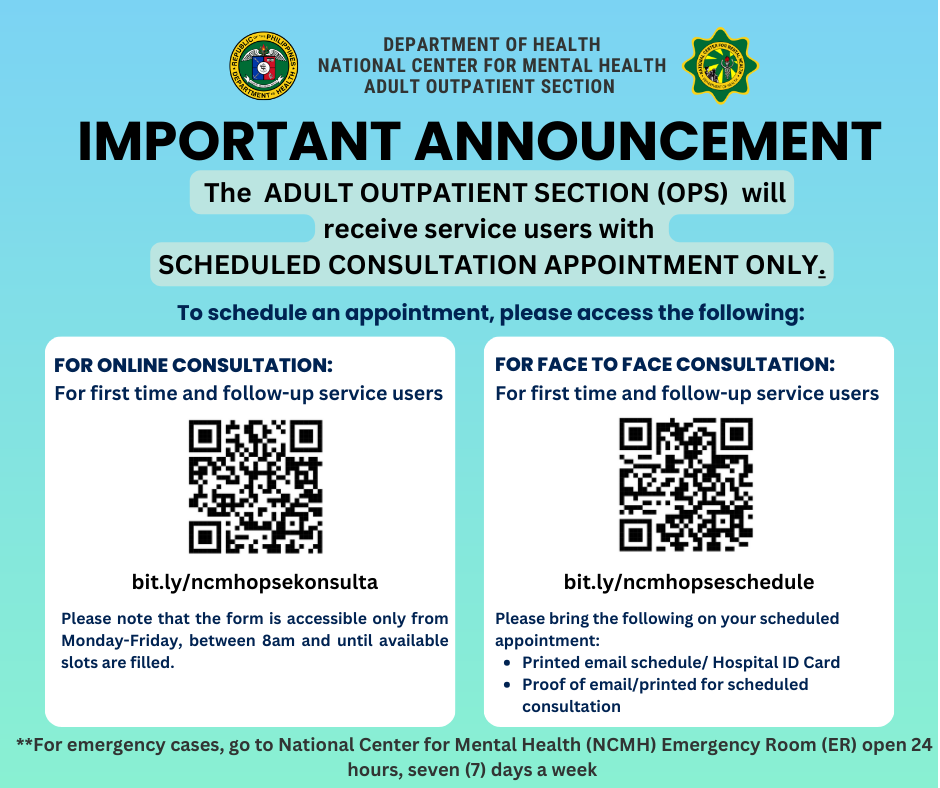In 2020, a game-changing partnership was forged between NCMH and ePLDT, the ICT arm of the renowned PLDT group. The collaboration was born out of necessity and vision—a vision to extend the reach of the hotline to every corner of the Philippines, ensuring that help is available 24/7, no matter where a person might be.
ePLDT stepped in with its cloud-based Contact Center as a Service (CCaaS) system. Unlike traditional call centers that rely on physical hardware and manual processes, the CCaaS solution is built on cloud technology. This means it is scalable, efficient, and capable of handling a surge in call volumes—all critical features during a mental health crisis.
How Cloud Technology Revolutionized Crisis Management
The implementation of ePLDT’s CCaaS system marked a turning point for the NCMH crisis hotline. Here’s how the technology made a significant difference:
Scalability and Efficiency:
The new system allows the hotline to handle multiple calls simultaneously—up to 15 at a time. This is a huge leap from the previous manual process where only a few calls could be managed at once. The scalability of the cloud solution means that as more people reach out for help, the system can adjust to accommodate the increased volume without compromising on response time.Integrated Data Management:
The cloud-based system is fully integrated with Salesforce, a leading Customer Relationship Management (CRM) tool. This integration allows all callers’ information to be monitored, tracked, and consolidated into a single view. With accurate data at their fingertips, the responders can make quicker and better-informed decisions, ensuring that every caller gets the appropriate level of care.Multi-Channel Communication:
Beyond just handling voice calls, the CCaaS platform also supports emails, chats, SMS, and even social media interactions. This multi-channel approach ensures that no call for help goes unanswered, regardless of the medium used by the person reaching out.Enhanced Reporting and Audit Capabilities:
The system includes robust reporting tools that provide detailed insights into call patterns, response times, and customer satisfaction. This data is crucial for continuous improvement, helping NCMH understand what’s working and where adjustments might be needed.Outbound and Callback Functions:
With built-in outbound calling capabilities, the system can also facilitate call backs and follow-up communications. This feature ensures that those who need additional support aren’t left in limbo and can be reconnected with a mental health professional promptly.
Real Results: Transforming Call Volumes into Lives Saved
The statistics tell a compelling story about the impact of this digital transformation. Before the cloud upgrade, from May 2019 until February 2020, the hotline managed just 3,996 calls. After deploying the CCaaS system in 2020, the number of calls soared. Here’s a quick look at the numbers:
- 2020:
A total of 10,159 calls were handled, with 1,315 being suicide-related. - 2021:
The hotline saw a further increase to 21,468 total calls, with a staggering 7,617 suicide-related calls. - 2022:
Even as the call volume slightly dipped to 18,011, there were still 6,853 suicide-related calls.
Each call represents a person in distress who reached out for help, and these numbers show the critical role the hotline plays in the community. The cloud technology didn’t just boost call volume—it significantly improved the quality of care provided by ensuring that each caller receives timely and personalized support.
The Human Side: Personalized and Timely Interventions
When someone dials the NCMH hotline, the call is answered by trained responders who are well-equipped in crisis management. These professionals provide immediate psychological first aid and are also trained in suicide assessment intervention, courtesy of specialized training programs like those from Living Works Australia. This training helps responders quickly assess the risk level of each call and decide on the best course of action.
For individuals experiencing suicidal thoughts, the hotline serves as the first step in a two-tiered care system. After the initial call, those in need are directed to a tele-mental health system where they can register and be seen by a mental health professional within 24 hours. This rapid response is critical, as it bridges the gap between crisis and sustained support.
In cases where a caller experiences severe symptoms—such as auditory hallucinations—the hotline connects them to NCMH’s out-patient section, which features an innovative e-konsultasyon program. This program allows patients to receive treatment and even get prescribed medications through video consultations, ensuring that help is accessible even in remote areas.
Furthermore, the hotline is not just a standalone service; it acts as a comprehensive directory of mental health resources. If a caller needs further support or specialized treatment, the system can quickly refer them to other hospitals or mental health facilities, ensuring they get the exact care they require.
Dr. Argamosa sums it up well: “Crisis is a state when your coping mechanisms have failed. It does not necessarily mean that you have a disorder. The important thing is to get people out of that crisis state and back to being able to manage anxieties and stressful situations.” This statement reflects the core mission of the hotline—to pull people back from the brink and guide them toward a path of recovery and stability.

Looking Ahead: The Future of Digital Mental Health Solutions
The success of the NCMH crisis hotline serves as a blueprint for other health institutions facing similar challenges. By leveraging cloud technology and embracing digital transformation, mental health services can become more accessible, efficient, and responsive.
Key Takeaways for Future Implementations:
Technology as an Enabler:
The story of NCMH and ePLDT shows how technology can break down barriers in healthcare. When the right tools are in place, even the most complex challenges can be met with innovative solutions.Data-Driven Decisions:
With integrated CRM and robust reporting, health institutions can make informed decisions. Data not only helps in tracking trends but also in predicting future needs and preparing accordingly.Multi-Channel Communication:
Offering multiple channels of communication—voice, chat, SMS, email, and social media—ensures that help is always within reach. This is especially important in a crisis where every second counts.Training and Preparedness:
Technology is only as effective as the people using it. Continuous training in crisis management and suicide intervention is crucial for responders. Their ability to assess and act swiftly can mean the difference between life and death.Scalability and Flexibility:
The cloud-based model provides a flexible solution that can grow with demand. As mental health needs evolve, so too can the systems designed to support them.
Final Thoughts: A Lifeline for Those in Need
The transformation of the NCMH crisis hotline into a digital, cloud-powered service is more than just a technological upgrade—it’s a lifeline that has already made a profound difference. With the support of ePLDT’s CCaaS system, NCMH is now better equipped to handle the rising tide of mental health issues, ensuring that help is available to every person in crisis, no matter where they are in the Philippines.
By addressing both the immediate and long-term needs of callers, this initiative demonstrates that when mental health care is combined with modern technology, it can reach far more people and save more lives. For those who dial #1553, the voice on the other end is not just a call center operator; it’s a trained professional ready to offer psychological first aid, guide them to the right help, and ultimately, help them find their way back to stability.

This journey—marked by innovation, partnership, and a deep commitment to public health—is a clear example of how digital solutions can transform crisis intervention. As we look to the future, the lessons learned from NCMH’s transformation will continue to inspire other organizations to adopt similar models, paving the way for a more responsive and effective mental health care system.
If you or someone you know is struggling, remember that help is just a call away. The NCMH crisis hotline stands as a beacon of hope, ready to listen and assist, proving that even in our most challenging moments, technology and compassion can work hand in hand to save lives.
By embracing cloud technology and modernizing mental health services, the NCMH crisis hotline is leading the charge in digital health innovation. This powerful blend of technology and human care is a model for the future, demonstrating that even in the midst of a crisis, help is always within reach.

